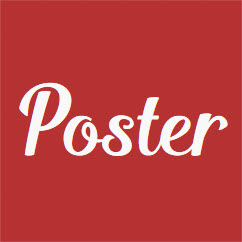Hiroshima Black Rain Evidence Invalidates the A-bomb Survivor Life Span Study: the Basis of the Linear No-threshold Model
The National Academy of Sciences of the United States of America (NAS) presented the linear no-threshold model (LNT) in 1956, which asserts that the lowest doses of ionizing radiation are hazardous in proportion to the dose. In 2006, NAS put forward the BEIR VII report as evidence supporting LNT. This report is based on the data of the Life Span Study of A-bomb survivors in Hiroshima and Nagasaki (LSS). Radiation doses of the survivors were estimated using initial radiation (5% of blast energy); residual radiation (10%) was neglected. The major component of residual radiation was fallout. Black rain poured down soon after the detonation. Most fallout must have come down to the ground with rain. Three major black rain maps show that black rain covered wide areas of Hiroshima city. Considering that black-rain-affected areas were wide and that these areas were contaminated with residual radiation, an important conclusion is reached that not only A-bomb survivors but also not-in-the-city control subjects (NIC) were irradiated by residual radiation to a greater or lesser degree. Therefore, exposure doses in LSS were underestimated. The use of NIC as a negative control is invalid. Moreover, LSS ignores radiation hormesis: ionizing radiation is not always hazardous; it can be beneficial depending on the dose and dose rate. Consequently, LNT based on LSS is unsound. Indeed, examination of LSS data of longevity reveals a clear J-shaped dose-response, a hallmark of radiation hormesis. Additionally, the average lifespan of A-bomb survivors is longer than that of the nation as a whole.
Keywords: BEIR VII, Hormesis, LNT, LSS
Full Text
e-Presentation
|
|
|
|






